What do you think when you see a “big Black guy’? Do you immediately feel a sense of danger? When you see Hispanic Americans, do you immediately think they are ‘bad actors’? And what about White people? Do you think of them as racist and uncaring, or maybe just top of the food chain? Depending on who you are, any of these messages could have been a part of your upbringing. The way those messages stealthily inform our interactions is called implicit bias. It’s what we think about others when we aren’t thinking about what we think about others. Tall blondes, jocks, men in suits; those are also groups of people we often have preconceived notions about. Preconceived notions could keep the tall blonde and the athlete out of AP classes, it could give the man in a suit access to privileges that may or may not be earned.
How is VIolence Connected to Implicit Bias
Preconceived notions got Ralph Yarl, a Black teenager, shot by an 85 year old who feared for his life “because of the boy’s size”. It should be noted that the boy was neither tall nor particularly large in stature. Yarl was at the wrong house to pick up his siblings and posed no threat. Still, he was shot in the head through a locked glass door. And then shot again.
This is what implicit bias does. It makes us react to threats that don’t exist. It’s the reason why Blacks die in traffic stops at a disproportionate rate. It’s the reason George Floyd died–the officer said he was a big guy and they had to control him. It’s the reason people with accents are assumed less academically able and the reason Helen Keller was assumed to be “dumb”.
What do you think about others when you’re not consciously aware of what you are thinking? What ideas do you have about social, cultural or religious groups that may prevent you reacting to people from those groups unfettered by preconceived notions? Here are 20 pages of Finding Your Blind Spots that will help you identify some of your own biases. Within those pages are also a few action steps.
Ralph Yarl could have been my son. Thankfully, he is still alive. But he won’t be the last victim of implicit bias. What can you do? How can you help? Reflect, act. Reflect for all the kids that experience a more dangerous reality because of bias. Act because the world needs us to be better humans.
